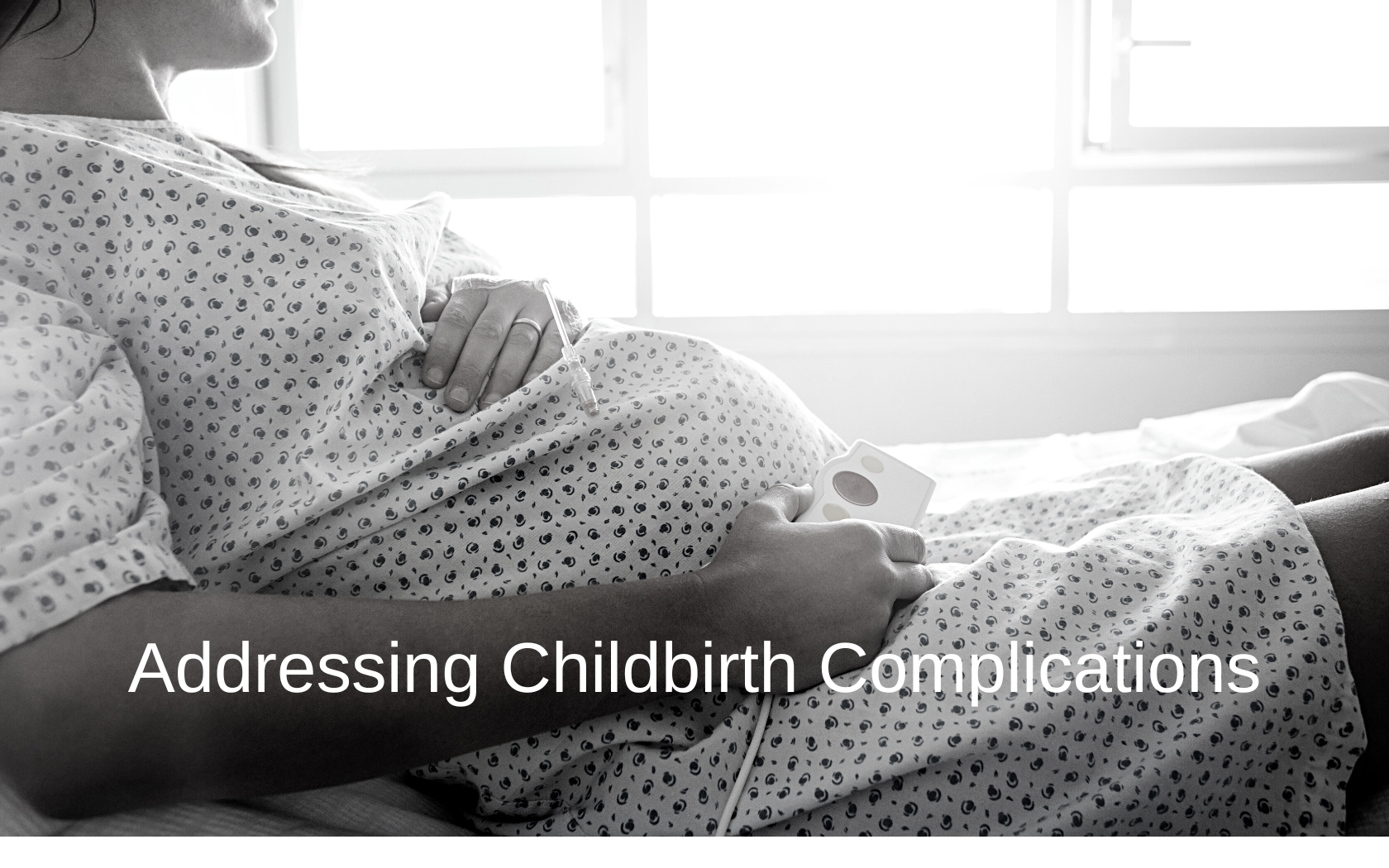Blooper reels are hilarious. But if there’s one time you want zero bloopers, it’s during childbirth. But statistics show birth accidents do happen. In fact, there are about 1.9 birth accidents per 1,000 births. And they’re no laughing matter. Injuries during childbirth can lead to lifelong health conditions.

What is a Birth Accident?
A birth accident is an unexpected, negative event that happens during labor and delivery. It’s not a medical diagnosis, but rather a layman’s term to describe incidents during childbirth. Another term for these incidents is birth injuries.
Types of Birth Accidents
Birth accidents can range from minor complications to severe incidents resulting in injury to the newborn or the mother. Examples include:
- Fractures or bruising from misuse of extraction tools like forceps or a vacuum
- Oxygen deprivation from prolonged labor, umbilical cord complications, or other causes
- Shoulder dystocia (the baby’s shoulders get stuck behind the mother’s pelvic bone)
- C-section complications, like accidental injury to the mother or baby during the procedure
- Hemorrhage below the scalp
- Spinal cord injuries
- Infections from improper hygiene during labor and delivery
- Umbilical cord complications, such as prolapsed cord or cord around baby’s neck
Some complications are unpredictable and occur despite appropriate medical care. Others are the result of negligence and malpractice. If you believe your child was injured because of a medical error, you may be able to pursue legal action.

What is the Most Common Birth Accident?
Research shows the most common sites for babies to be injured are the head, neck, and shoulders. One reason for this is because a baby’s shoulders can get stuck in the birth canal. This is called shoulder dystocia. In fact, shoulder dystocia is a common birth accident, if not the most common.
When a baby’s shoulders get stuck behind the mother’s pelvic bone, delivery becomes as difficult as navigating a ship through turbulent waters in a tight, winding channel. Both the baby and the mother can get injured if doctors don’t remedy the situation quickly.
Several factors can contribute to shoulder dystocia, including:
- The baby is larger than average
- The mother’s pelvis is of abnormal size or shape
- Medications were used to induce labor
- The baby is in a breech (feet-first) position
- The woman has gestational diabetes
Shoulder dystocia can lead to complications such as:
- Brachial plexus injuries: Damaged nerves in the baby’s shoulders result in weakness and paralysis in the arm.
- Fractures: Shoulder dystocia can cause collarbone and arm fractures.
- Hypoxia or Asphyxia: The delay in delivery can compromise the baby’s oxygen supply.
Long-Term Illnesses from Birth Accidents
How will a birth accident affect a baby in the long run? It depends on the severity of the injury.
For example, a baby that suffers oxygen deprivation during delivery may have no long-term consequences if doctors restore oxygen quickly.
However, cases of prolonged oxygen deprivation can lead to lifelong conditions like cerebral palsy. Cerebral palsy is a neurological disorder that affects muscle coordination and movement.
Other conditions that stem from birth accidents include:
- Hypoxic-Ischemic Encephalopathy (HIE): A brain injury from insufficient blood flow and oxygen to the brain.
- Seizure Disorders: Head trauma can affect the brain’s electrical activity and lead to seizure disorders.
- Orthopedic Issues: Bone fractures or injuries during delivery can lead to long-term orthopedic problems.
- Intellectual Disabilities: Significant brain damage can cause intellectual issues.
- Erb’s Palsy: This is a type of brachial plexus palsy. It involves paralysis of the shoulder, arm, or hand.
- Kernicterus: A serious neurological condition that occurs when jaundice goes untreated.
Birth Accidents vs Birth Defects
It’s important to understand the difference between birth defects and birth accidents. Birth accidents happen during delivery and labor. Birth defects are abnormalities that occur while the fetus is still in the womb. Examples of defects include:
- Heart defects
- Cleft palate
- Chromosomal abnormalities (like Down syndrome)
- Neural tube defects
- Genetic disorders

Legal Help for Birth Accidents and Injuries
Many birth accidents are preventable. If a careless mistake left your child with a lifelong injury, don’t hesitate to call us. When you work with an experienced birth accident lawyer, you can not only hold negligent doctors accountable but also obtain compensation.
This compensation can help pay your child’s medical costs. It can also cover other damages, such as:
- Pain and suffering
- Future medical expenses
- Therapy costs
- Lost future income
- Loss of enjoyment of life
We work on a contingency fee basis. That means you have everything to gain and nothing to lose! Find out more, or schedule your free consultation here.




